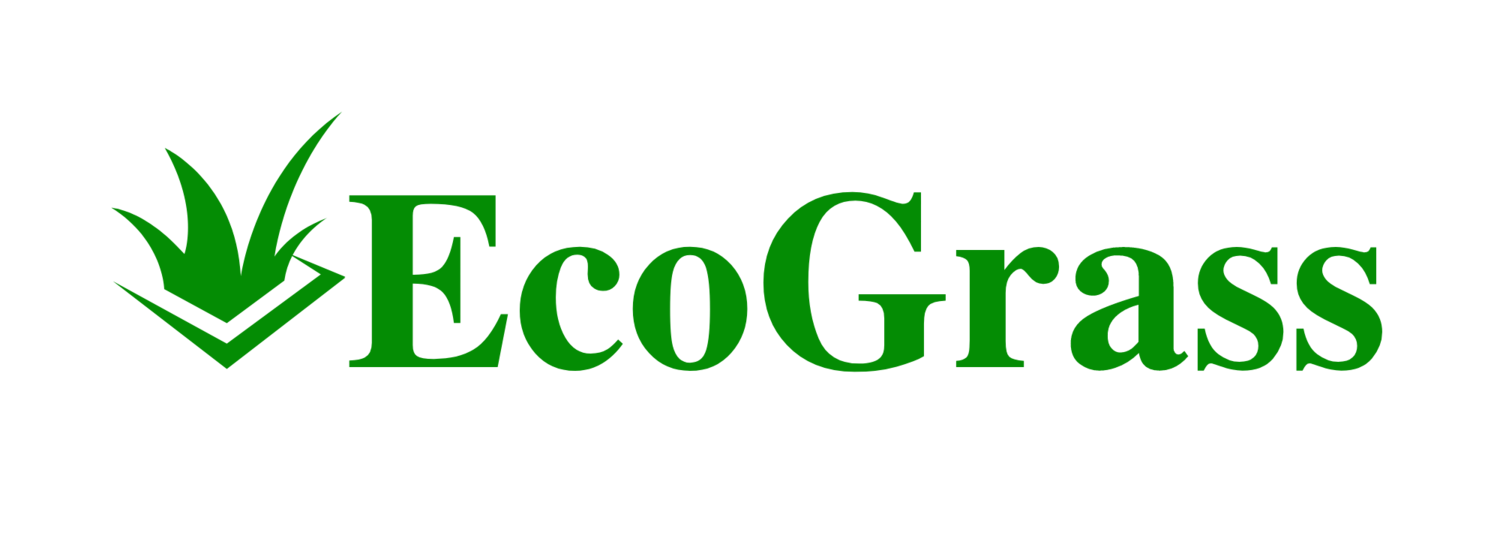When it comes to choosing flooring, the decision between artificial turf and carpet can feel overwhelming. Both options have unique benefits and drawbacks, making them suited for different spaces and purposes. By comparing artificial turf vs. carpet, you can determine which is best for your needs. Let’s break it down!
Artificial Turf: A Versatile Option
Artificial turf has grown in popularity for both indoor and outdoor applications. Initially designed for sports fields, it now serves residential and commercial purposes.
Pros of Artificial Turf
Durability: Artificial turf can withstand heavy traffic, harsh weather, and wear and tear without losing its appearance.
Low Maintenance: Unlike natural grass or carpet, turf requires minimal upkeep—no vacuuming, mowing, or watering.
All-Weather Usability: Turf is weather-resistant and doesn’t retain water, making it a great option for outdoor spaces.
Eco-Friendly: Reduces the need for water and chemical treatments, promoting sustainability.
Versatility: Available in various textures and colors, artificial turf suits patios, play areas, and even interior design.
Cons of Artificial Turf
Initial Cost: Installation can be expensive compared to carpet.
Heat Retention: Turf tends to get hot under direct sunlight, which may be uncomfortable for outdoor spaces.
Synthetic Appearance: While modern turf looks realistic, it may still lack the coziness of natural materials.
Environmental Concerns: Although it reduces water use, turf is non-biodegradable, which raises long-term disposal concerns.
Carpet: A Classic Choice
Carpet is a traditional flooring option that brings warmth and comfort to interiors. Available in a variety of materials and styles, it’s a staple for many homes.
Pros of Carpet
Comfort: Soft and cushioned, carpet provides a cozy feel that’s ideal for bedrooms and living spaces.
Sound Absorption: Carpet reduces noise levels, making it great for spaces where quiet is important.
Variety of Styles: Available in countless colors, patterns, and textures, carpet offers endless customization options.
Cost-Effective: Generally more affordable upfront compared to artificial turf.
Temperature Control: Carpet retains heat, keeping rooms warm during colder months.
Cons of Carpet
High Maintenance: Requires regular vacuuming, deep cleaning, and stain treatment.
Shorter Lifespan: More prone to wear and tear, especially in high-traffic areas.
Susceptible to Moisture: Carpet absorbs water, leading to potential mold and mildew in humid environments.
Allergy Concerns: Traps dust, pet hair, and allergens, which may aggravate sensitivities.
Limited Outdoor Use: Carpet is rarely suitable for outdoor areas due to its moisture retention and durability issues.
Key Considerations for Choosing Between Artificial Turf and Carpet
To decide between artificial turf and carpet, consider the following factors:
Purpose: Are you looking for outdoor durability or indoor comfort?
Maintenance: Do you prefer a low-maintenance option, or are you okay with regular upkeep?
Aesthetic: Which style better complements your space—the modern look of turf or the warmth of carpet?
Budget: Factor in the upfront and long-term costs of each material.
Environment: Assess the environmental impact of your choice, from water savings to recyclability.
When Artificial Turf is the Better Choice
Artificial turf is ideal for outdoor spaces like patios, playgrounds, or sports areas where durability and low maintenance are priorities. It’s also a great option for high-traffic indoor spaces, like offices or commercial areas, where the synthetic look fits the decor.
When Carpet Shines
Carpet excels in interior spaces where comfort and style are key. Bedrooms, living rooms, and offices benefit from its soft texture and noise-reducing properties. Choose carpet if you want to create a warm, inviting atmosphere.
Final Verdict: Which is Right for You?
The decision between artificial turf vs. carpet depends on your specific needs. Turf’s durability and low maintenance make it perfect for outdoor areas, while carpet’s warmth and comfort are better suited for indoor spaces. By considering your lifestyle, budget, and aesthetic preferences, you can select the flooring that meets your expectations.

